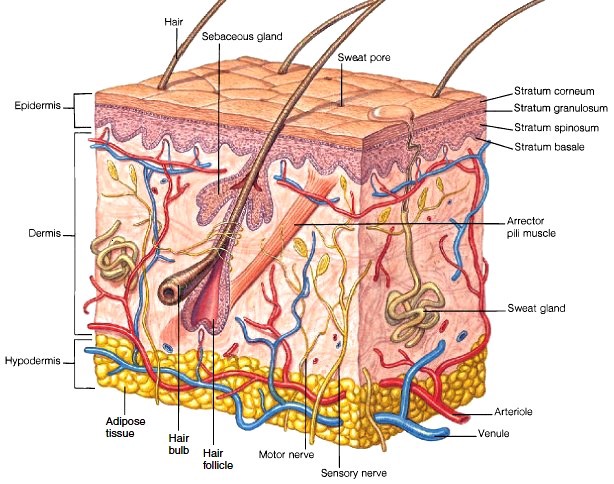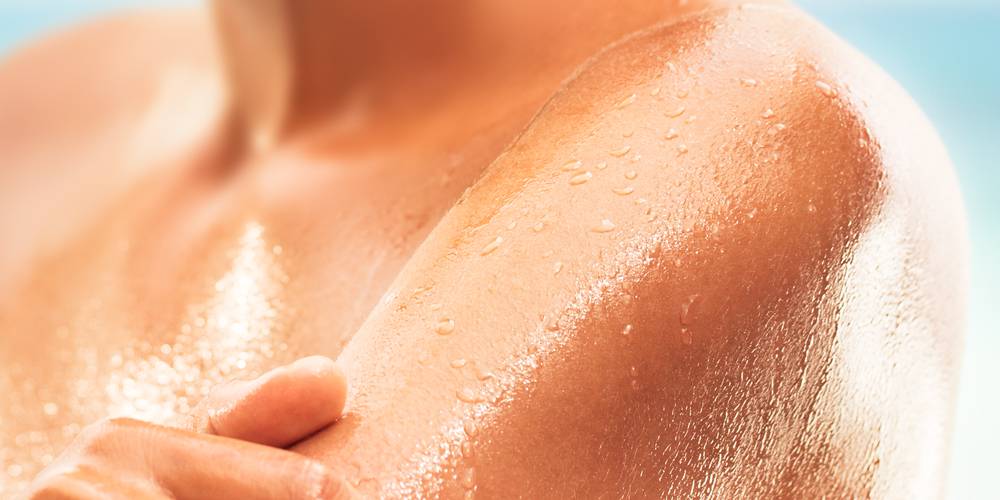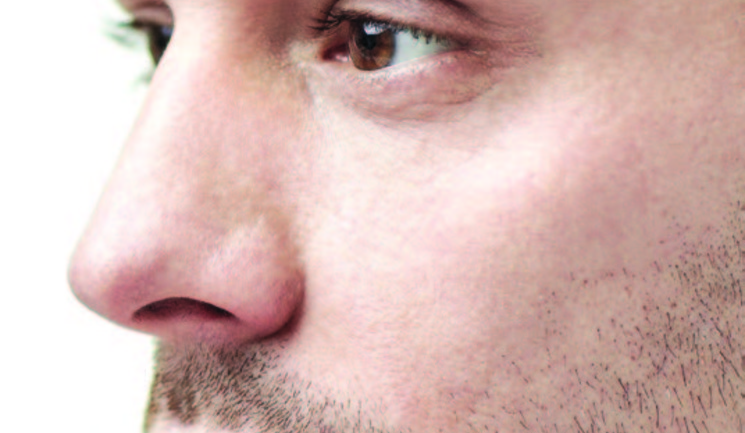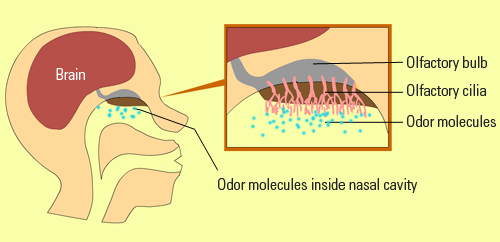If essential oils are only absorbed in trace amounts can they really be said to work? The answer can only be found in the results.
In the UK there are two ways to administer essential oils (inhalation and dermal), but do these methods have any therapeutic effects on internal body systems? Aromatherapy is a holistic therapy and, because of this, there has been little research on its pharmacological effects. Pharmacology is the study of the effects of a drug on the body. Therefore. the question "how do essential oils work?" really becomes "do essential oils work?"
Recent trials
An authority in clinical aromatherapy, Salvatore Battaglia states that it has been taken for granted that essential oils are absorbed by the skin, but that this may now be supported by recent studies using lavender oil in dilution with peanut oil. The blend was massaged over the abdomen of a test subject for 10 minutes. After 20 minutes, traces of the essential oil's constituents linalool and linalyl acetate were found in the blood, indicating that the oil had penetrated dermal layers.
A Pathway Through the Skin
Essential oils and carrier oils consist of fat-soluble molecules that allow absorption into the skin, though they must pass through several barriers before reaching the bloodstream. Entry through the skin's ducts is the fastest route, though the stratum corneum (the skin surface consisting of dead, flattened skin cells) is the major pathway.
Dermal layers
The stratum corneum absorbs permeating substances via the polar pathways (across the cells and intercellular spaces) and lipid pathway (through intercellular lipids). Less is absorbed through the polar pathway, which deals with water and ions while everything else is diverted through the lipid pathway.

The next layer, viable dermis, acts as less of a barrier but is more absorptive and will absorb much of the permeating substance. The lowest layer, dermis, offers no barrier and it's likely that any substance that makes it this far will enter the circulatory system.
Skin Factors
Certain factors influence the rate and quality of which essential oils penetrate the skin. The condition of the surface layer, stratum corneum, is foremost. Skin that has been thickened, through conditions such as eczema or psoriasis, will be harder to penetrate, while certain diseases, such as diabetes, also effect the permeability of epidermal membranes and capillaries.

Well-hydrated skin has a much faster absorption rate than dehydrated skin, and water, from a bath of shower, will enhance your skin's ability to absorb oils.
The warmth of a bath or shower also increases blood flow around the dermis, stimulating the absorption of oils. Covering the skin immediately after application of an aromatherapy oil blend has been shown to increase absorption rates. Essential oils are volatile and will evaporate into the air unless the skin is covered by a bandage, towel to clothing to facilitate absorption.
Oil Factors
Carrier oils, and essential oils, vary in their viscosity, that is, their thickness and fluidity. For example, sweet almond oil is more viscous than grapeseed oil and so the former takes longer to be absorbed. The viscosity of any carrier oil lessens with rises in temperature. Therefore, the oil should be warmed or rubbed between the hands before application to speed up absorption.
Certain constituents in essential oils are more readily absorbed than others. A study showed d-limonene found in citrus oils, only had an absorption rate of 2%, while the constituents of lavender oil had a higher rate of 10%.
You can test absorption rates for yourself simply by using lavender oil. Using a finger, apply one neat drop of lavender oil to the hollow of your cheek, just below the cheekbone.

Depending on individual factors, such as skin condition and gender, within one to five minutes you should 'taste' the oil in your mouth, proving it has absorbed into your skin.
Inhalation
There are three main routes of essential oils into the body when inhalation is used. The odour molecules pass down the trachea into the bronchi of the lungs and into the bronchioles and then the alveoli, where they pass through the semi-permeable membranes via diffusion into the surrounding capillaries.

Or odour molecules pass into the nose and are absorbed by the nasal mucosa into the bloodstream. Or the particles bind to olfactory cilia (tiny hairs in the olfactory system) and cause olfactory (scent-related) reaction.
Essential oils are lipophilic, which means they have an afinity for lipd (fat)-rich substances through which they can dissolve and easily pass. Once in the bloodstream, lipid-rich tissues like those of the central nervous system or blood-brain barrier are easily penetrated. Studies have shown that essential oils are soluble in blood.
Lab Tests
Aromatherapists know the effectiveness of essential oils, they see it in the positive changes effected long term in their clients through regular treatments. But aromatherapy has also been tested on subjects in laboratory conditions.
- Using EEG recordings, the effects of ylang ylang and rosemary oils were tested by analysing the alpha waves of the brain. In aromatherapy, rosemary is used as a stimulant and ylang ylang to sooth and calm. The test showed rosemary depressed alpha-activity (stimulating the brain) and ylang ylang enhanced alpha-activity (relaxed the brain). The experiment concluded that the aromatherapy uses of rosemary and ylang ylang had a measurable effect on the brain.